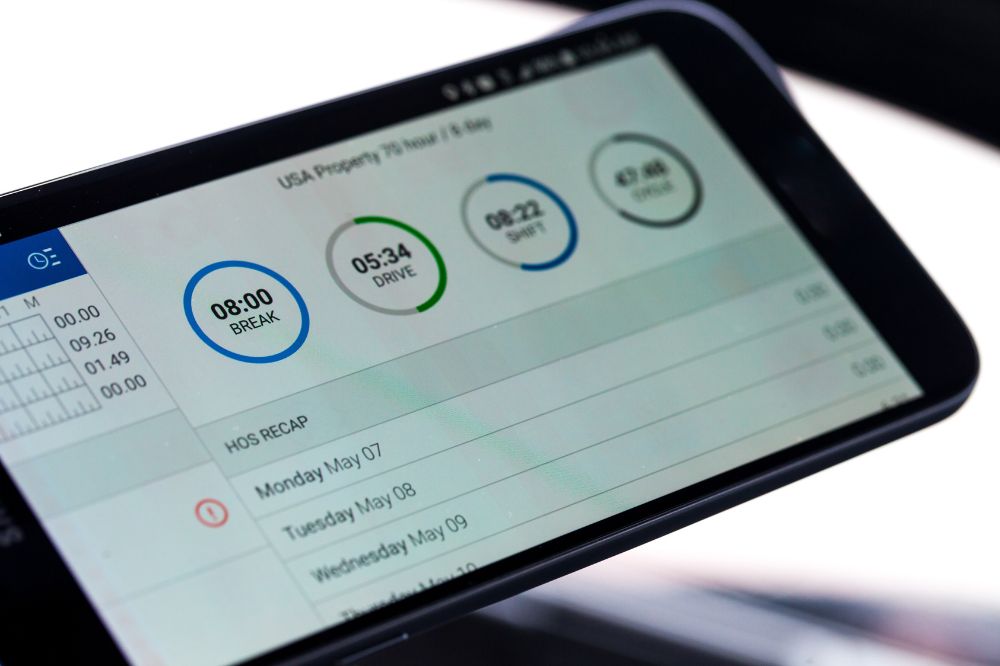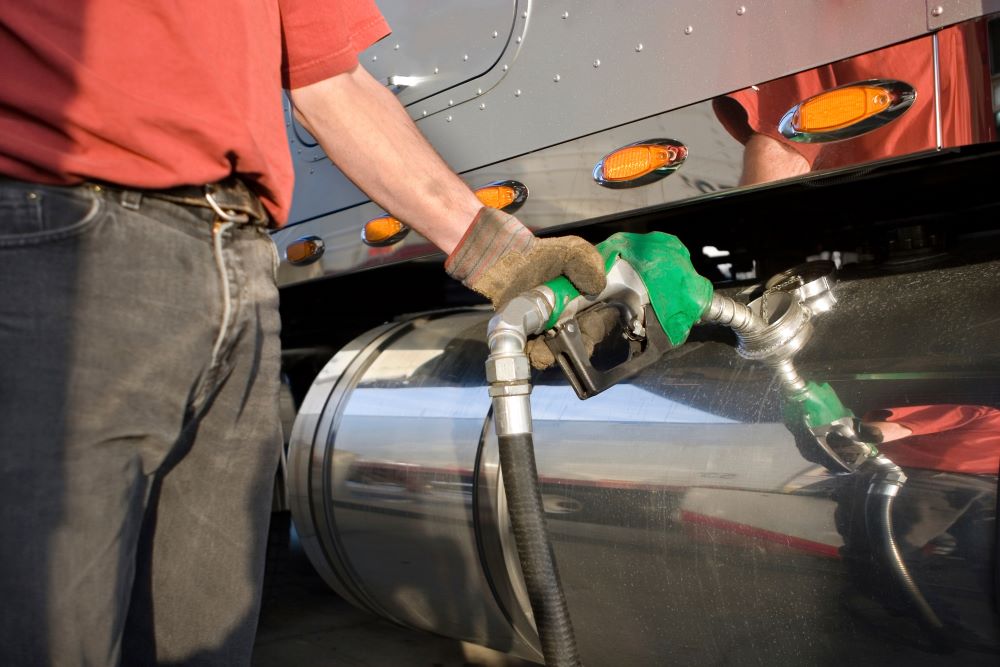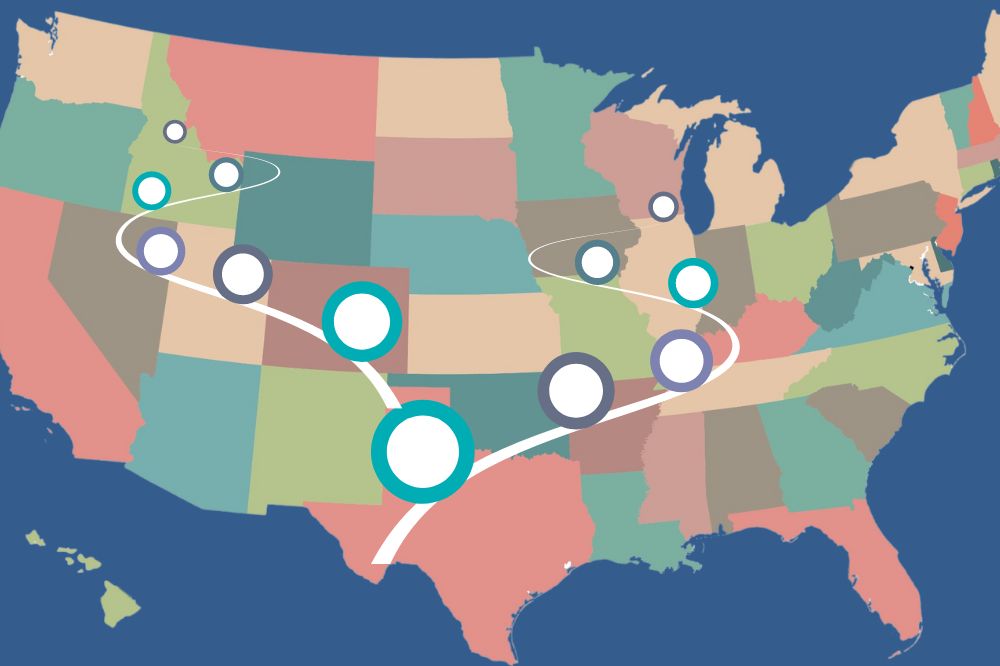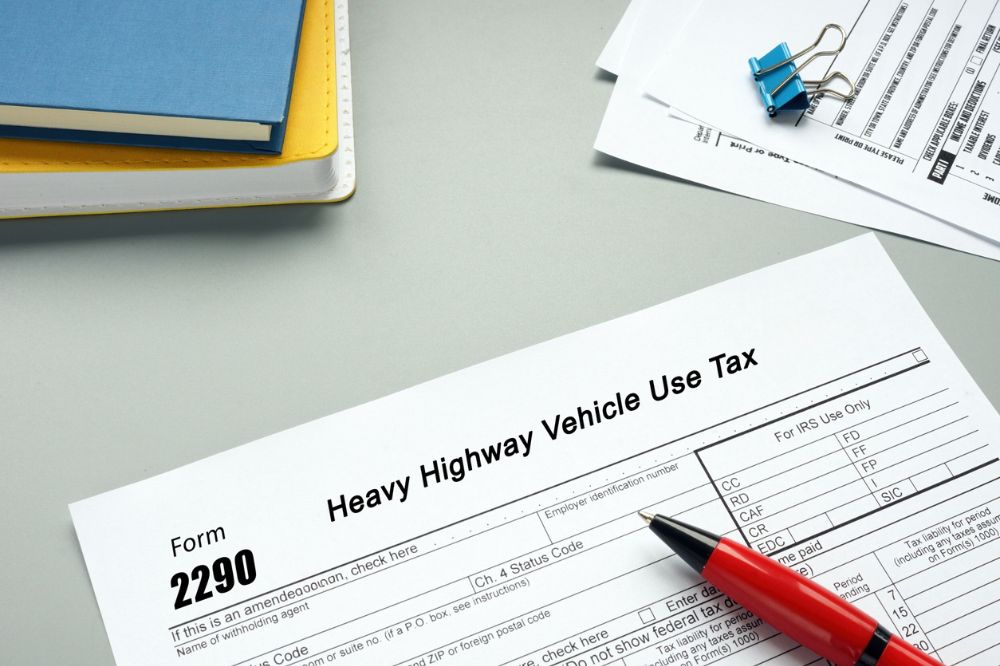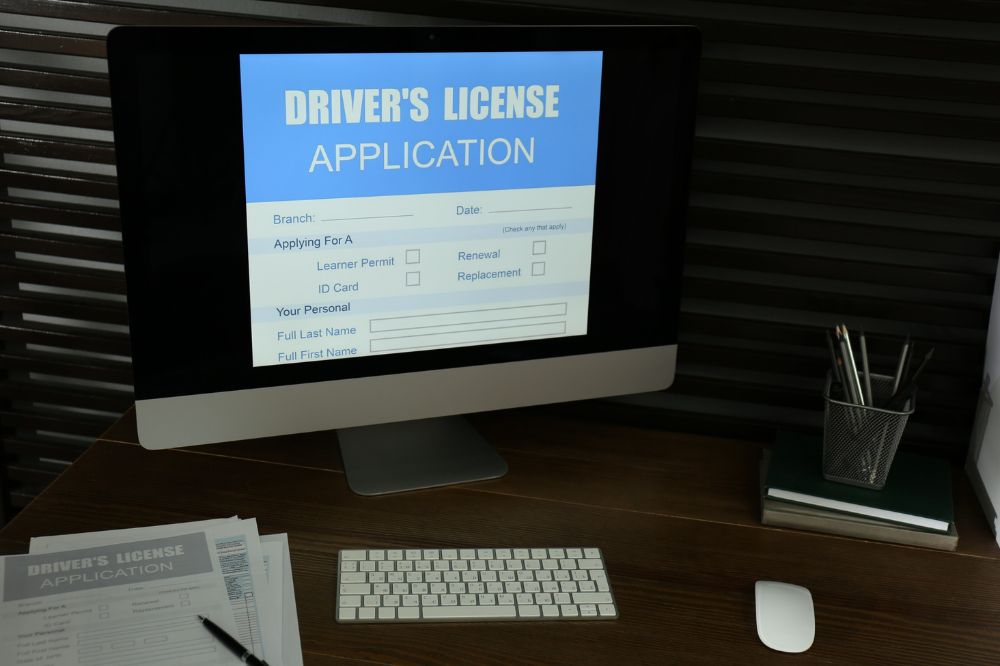
Trucking is essential to the US economy. It ensures goods are transported smoothly and efficiently nationwide. The industry supports millions of jobs and keeps businesses across the country running.
While the American Trucking Associations (ATA) is a comprehensive national trade association, state-level groups provide local support. Various state organizations offer solid leadership in their regions. They help with driver recruitment, safety training, and networking events.
From operating safer vehicles to promoting more efficient movement or helping reduce emissions at a company level, state associations offer substantial value to truckers.
As ATA advocates for policies on a national level, state associations focus on resources that keep the trucking industry strong and growing.
Here’s a look into American state trucking associations and some of the work they do.

The Role of American Trucking Associations
State-level American trucking associations provide vital support to trucking businesses, drivers, and fleet owners, advocating for their interests and ensuring industry growth.
National American trucking organizations, like the American Trucking Associations (ATA), focus on broad federal government policies and nationwide industry issues. State-level associations work directly with local truckers and businesses to address challenges specific to their region.
A key role they play is advocating for the trucking industry in state government.
They advocate for fair regulations, reasonable tax policies, and better infrastructure to support freight movement.
For example, the Georgia Motor Trucking Association (GMTA) works with state lawmakers to influence transportation policies that impact Georgia’s trucking industry. They also provide legal and regulatory guidance to members, helping them navigate compliance with state laws.
Beyond advocacy, state trucking associations offer vital resources to local drivers and companies.
The New Jersey Motor Truck Association (NJMTA) provides training programs to promote highway safety, compliance workshops, and networking events for trucking professionals.
This kind of local support is essential for truck drivers and small companies that might not have the resources to stay up-to-date with changing industry regulations on their own.
Recruitment and workforce development are also big priorities for state trucking groups. The Texas Trucking Association (TXTA) is known for its initiatives to attract new drivers to the industry. They work with technical schools, offer scholarship programs, and organize job fairs to help trucking companies find new drivers.
With an ongoing driver shortage in the trucking industry, these efforts are critical to keeping the nation’s freight moving.
Networking is another key benefit of joining a state trucking association. Member companies can access conferences, seminars, and trade shows where they can connect with other professionals, learn from industry experts, and explore new business opportunities.
GMTA hosts an annual convention where trucking executives, policymakers, and suppliers gather to discuss industry trends and challenges. This is a great place to learn about environmental sustainability and greenhouse gas emissions. It also covers fuel efficiency, truck speed regulations, and the use of more productive truck combinations in the industry.
Similarly, NJMTA and TXTA organize events that bring members together to share insights and build relationships. ATA members do not get this level of connection and insight into the local industry.

Resources Provided to Local Driver Communities
State trucking associations provide resources to local truckers, helping them stay safe, compliant, and financially stable.
Ultimately, beyond transportation advocacy, they work on improving driver performance, boosting highway infrastructure, and enhancing trucking operations. Such a large part of the trucking industry America depends on comes down to the useful role of these state organizations.
These organizations offer education and training programs that teach drivers the latest industry standards. TXTA, for example, runs workshops on new regulations, defensive driving, and equipment maintenance. These programs help truckers improve highway safety and stay up to date with changing laws.
Legal and compliance resources are another major benefit.
Truckers face complex rules from the Federal Motor Carrier Safety Administration (FMCSA), and state associations help them understand and follow these regulations.
GMTA offers compliance seminars to explain hours-of-service rules, drug and alcohol testing requirements, national fuel economy standards, and safety audits. Truckers who stay informed reduce their risk of fines and penalties.
Safety programs are a major focus. Many state associations organize defensive driving courses, accident prevention training, and inspections to promote road safety. NJMTA provides safety seminars, and even awards ceremonies, that cover best practices for preventing collisions and avoiding violations.
These efforts protect both truckers and the public while helping companies lower insurance costs.
Financial assistance is also available through these American trucking associations. Trucking can be an expensive career, and many state associations offer programs to help drivers and their families.
Some, like TXTA, provide scholarship funds for students pursuing careers in trucking and logistics. Others connect members with discounted insurance plans or fuel-saving programs to reduce costs.

Recruitment Strategies and Workforce Development
State trucking associations contribute to recruiting new drivers and developing the trucking industry workforce.
With the ongoing driver shortage, these groups create programs to attract and train the next generation of American trucking professionals. Many offer apprenticeships and mentorships to help new drivers gain experience. Scholarships are also available for students interested in trucking careers.
Partnerships with technical schools and CDL training programs are key here. Trucking associations also focus on recruiting veterans, helping them transition into trucking jobs with specialized programs and job placement services.
These efforts ensure a steady flow of skilled drivers into the industry. By supporting education, training, and outreach, state trucking associations help trucking companies find qualified employees while giving new drivers the tools they need to succeed.
Networking and Business Growth Opportunities
State trucking associations also help truckers and businesses grow by offering networking events, workshops, and local meetups.
These gatherings connect drivers, fleet managers, and industry leaders, creating opportunities to share knowledge and build partnerships.
Whether you want to find new drivers for your fleet, learn how to reduce carbon emissions, chat freight tonnage, or explore electronic speed governing, in-person meetups are the ideal places to do it.
NJMTA hosts annual networking events where member companies and independent operators can meet potential clients, suppliers, and other professionals in the industry.
For small trucking companies, these associations provide valuable business resources.
Members get access to financial advice, legal support, and cost-saving programs that help them stay competitive.
Advocacy efforts also play a big role. State associations collaborate with national organizations and policymakers to ensure trucking businesses have a voice in local and state regulations.

Industry-Related Conferences and Events
State trucking associations host major conferences and events that bring industry professionals together for education, networking, and business growth. These events feature expert speakers, policy discussions, and workshops on trucking regulations and safety.
GMTA holds an Annual Convention and Safety Council meeting, where members discuss industry challenges and best practices. TXTA hosts an Annual Conference and TruckPAC Fundraiser, combining business discussions with advocacy efforts.
NJMTA organizes an Annual Truck Driving Championship, showcasing driver skills and promoting safety.
As a motor carrier, these are just a few examples of high-value events you can attend through American trucking state organizations.
Conclusion
State trucking associations are the backbone of the industry, equipping truckers and businesses with the tools to succeed. From safety training and legal support to financial aid and workforce development, they help shape a strong future for trucking.
By joining groups like this, truckers gain access to resources that help them succeed. These associations offer solid leadership and advocate for policies that protect the industry. Getting involved strengthens both individual businesses and the trucking community as a whole.
If you’re a trucker or business owner, joining your local trucking association is a smart way to stay informed, connected, and prepared for the future. These associations provide valuable resources, just like Mission Financial Services.
Whether you need funding for a new truck or financial flexibility to grow, we’re here to help, no matter your credit score. Get started today.




